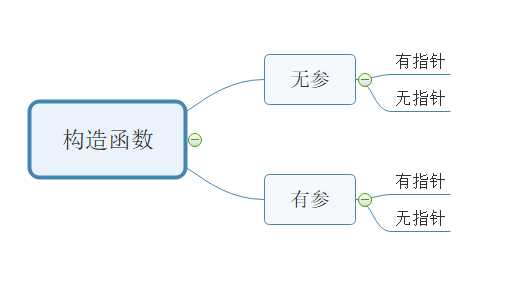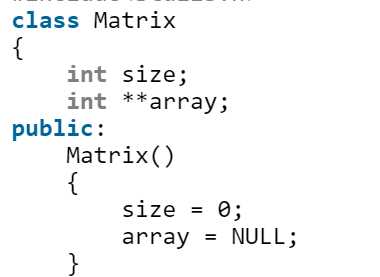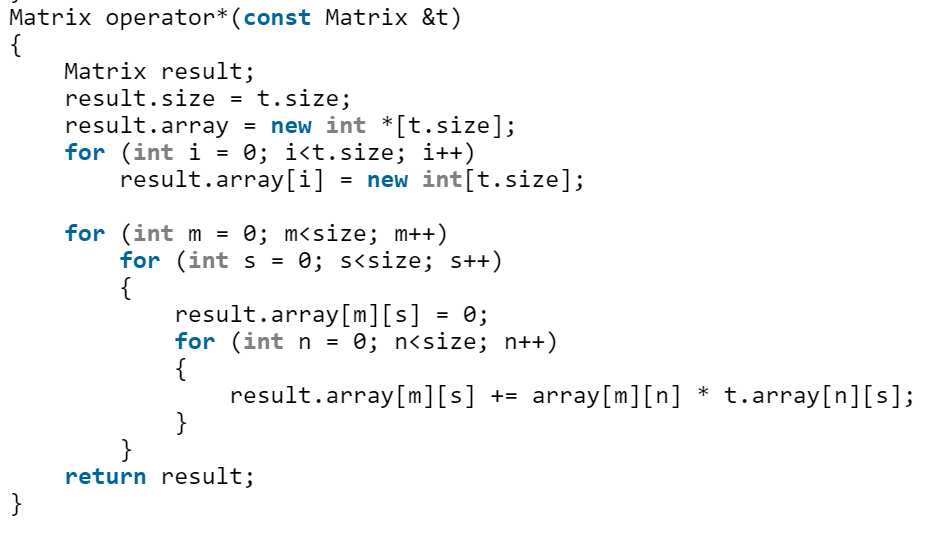构造函数
Posted abudlla
tags:
篇首语:本文由小常识网(cha138.com)小编为大家整理,主要介绍了构造函数相关的知识,希望对你有一定的参考价值。
构造函数
在写有关题目的时候当出现指针的时候格外小心,因为系统只对没有指针的情况下进行自动的构造,拷贝构造,析构等操作,而又指针的时候必须人为的避免因不同的指针指向同一个 内存区域而出现的内存泄露。因此我总结了一下构造函数在有指针,无指针等情况下的一些情况,,。
本文思路

构造函数出现的原因
类是抽象的,因此不能在类内初始化数据成员,只能通过构造函数来初始化。
无参有指针
当在成员函数中有局部变量的时候需要开辟动态空间,尤其当数组的时候不知道开辟的大小(因为无参构造的时候不能有参数进来)可以把指针定义为NULL;


无参构造无指针
就可以不用管,因为会自动设置为零。
有参构造有指针
有指针:总的原则 必须开辟空间切需理解的是在main函数内开辟的空间和在构造函数内开的空间是不一样的。
Int a, double a 等: 基本的语法 a=new int[size];
然后可以通过for语句来一个个赋值了。
若是char型,除了开辟空间以外,还需要切记必须使用strcpy;
切传进构造函数的时候用的是指针,因为传进去的是指针。
如果不是强制要求是char数组的可以用string ,这样可以避免一些易错点(如分配空间,传的时候用指针,要用strcpy等。)
#include<iostream>
using namespace std;
#include<string.h>
class Time
{
private:
int hour,minute,second;
char *name;
string timename;
public:
Time(int _hour,int _minute,int _second,char *_name,string _timename):hour(_hour),minute(_minute),second(_second),timename(_timename)
{
name=new char[30];
strcpy(name,_name);
}
void show()
{
cout<<hour<<" "<<minute<<" "<<second<<" "<<name<<" "<<timename<<endl;
}
};
int main()
{
int _hour,_minute,_second;
char *_name;
string _timename;
_name=new char[30];
cin>>_hour>>_minute>>_second>>_name>>_timename;
Time time(_hour,_minute,_second,_name,_timename);
time.show();
} 一维数组
#include<iostream>
#include<iostream>
using namespace std;
class Student
{
private:
int size;
int *score;
public:
Student()
{
size = 0;
score = NULL;
}
//Student(int _size, int _score[])
Student(int _size,int *_score)
{
size = _size;
score = new int[size];
for (int i = 0; i<size; i++)
score[i] = _score[i];
}
void show()
{
for (int i = 0; i<size; i++)
cout << score[i] << " ";
}
~Student()
{
delete[]score;
}
};
int main()
{
int _size;
int *_score;
cin >> _size;
_score = new int[_size];
for (int i = 0; i<_size; i++)
cin >> _score[i];
Student student(_size, _score);
student.show();
system("pause");
}注意点
1.内存分配
在主函数和有参构造函数内部都分配了空间,因为这两个空间是不一样的,(,,,,,,不知道怎么解释,,,,,)。
2.在构造函数内传参
可以是score[],*score,这两个的意思都是指向score数组的指针。
二维数组
#include<iostream>
using namespace std;
#include<stdlib.h>
class Matrix
{
int size;
int **array;
public:
Matrix()
{
size = 0;
array = NULL;
}
Matrix(int **a, int _size)
{
size = _size;
array = new int*[size]; //必须在构造函数内也要分配空间;
for (int h = 0; h<size; h++)
array[h] = new int[size];
for (int i = 0; i < size; i++)
for (int j = 0; j < size; j++)
array[i][j] = a[i][j];
}
void show()
{
int i, j;
for (i = 0; i < size; i++)
{
for (j = 0; j < size - 1; j++)
{
cout << array[i][j] << " ";
}
cout << array[i][j];
cout << endl;
}
}
~Matrix()
{
for (int i = 0; i < size; i++)
delete array[i];
delete[] array;
}
};
int main()
{
int **array;
int t;
cin >> t; //Juzhen 个数;
int n;
cin >> n; //矩阵节数;
Matrix *matrix = (Matrix*) operator new(t * sizeof(Matrix));
for (int i = 0; i < t; i++)
{
array = new int*[n];
for (int h = 0; h< n; h++)
array[h] = new int[n];
for (int k = 0; k < n; k++)
for (int j = 0; j < n; j++)
cin >> array[k][j];
new(&matrix[i]) Matrix(array, n);
}
for (int i = 0; i < t; i++)
matrix[i].show();
return 0;
}注意点
内存分配
在主函数和构造函数内部都动态开辟空间,,,,(不知道怎么解释)。
在构造函数传进来的时候
Matrix(int **a, int _size) ,参数只可以是二级指针,而不能是a[][]这种。
以上是关于构造函数的主要内容,如果未能解决你的问题,请参考以下文章